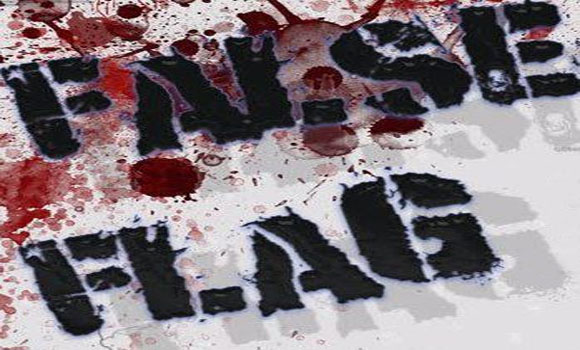 Nov. 7, 2013
Nov. 7, 2013
Brandon Turbeville for Activist Post
Throughout history, versions of the false flag attack have been used successfully by governments in order to direct the force of the people toward whatever end the ruling class may be seeking. At times, that end may be war, or it may be the curtailing of domestic civil liberties and basic human rights. In others, it is an economic agenda.
Indeed, false flags are themselves capable of taking on a wide variety of forms – domestic or foreign, small or large, economic or political, and many other designations that can often blur into one another. Each may serve a specific purpose and each may be adjusted and tailored for that specific purpose as societal conditions require.
For instance, the chemical weapons attack which took place inside Syria in August, 2013 serve as an example of a foreign false flag designed to whip up American fervor for war, on the platform of Responsibility to Protect similar to the Gulf of Tonkin.
Domestically speaking, a large-scale false flag such as 9/11, can be used to whip up both a massive public support for war and a popular willingness to surrender civil liberties, constitutional procedure, and constitutional/human rights. Economic false flags may take the form of manufactured “government shutdowns” or “government defaults” designed to create a demand for austerity or other pro-Wall Street solutions. Lastly, smaller-scale domestic false flags such as Sandy Hook or Aurora, often involve the implementation of gun-control measures or a greater police state.
There are, of course, many different versions of false flag attacks and none fit into a tightly crafted classification beyond the generalized term “false flag.” As stated above, some false flags may indeed embrace an element of each of the different versions listed previously both in terms of methodology and purpose.
Read more:
http://www.activistpost.com/2013/11/11-signs-of-false-flag.html
